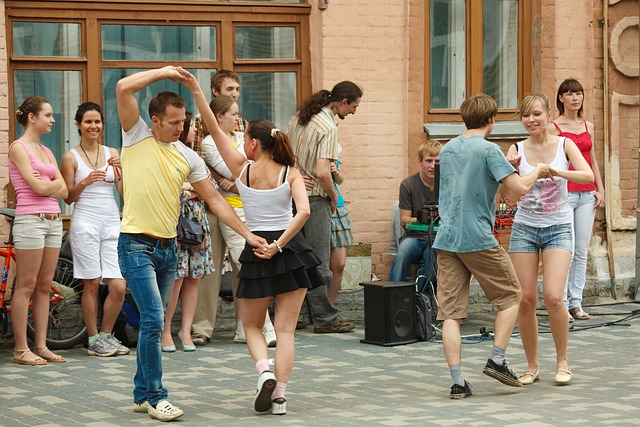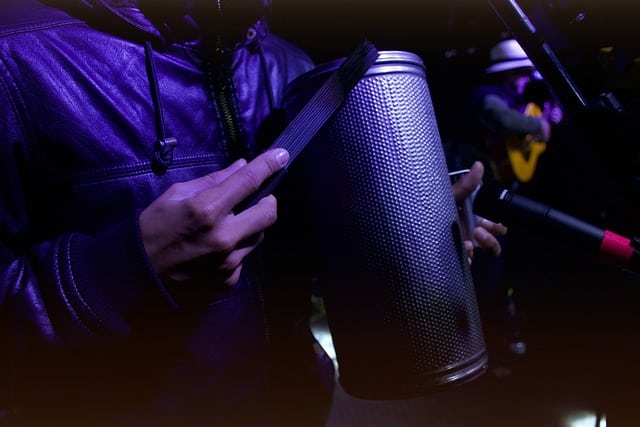
Bachata is a musical genre that emerged in the Dominican territory.
A genre of popular music that was born in the Dominican Republic and later spread to numerous countries is known as bachata . Bachata combines merengue , son , bolero and other styles.
To perform bachata, musical instruments such as the güira (an idiophone), the bongó (membranophone), the guitar and the bass are used. Thanks to its rhythm , bachata is considered a dance genre.
Origins of bachata
The etymological origin of the word bachata is found in Africa . At the beginning of the 20th century , the notion was used in some Central American and Caribbean countries to name a party or a party. Over the years, in the Dominican Republic the expression began to be used to name a musical genre that emerged in poor urban areas from the combination of different styles.
For his recordings from 1962 , José Manuel Calderón is considered the first musician to record bachata songs on an album . Other pioneers of the genre were Tommy Figueroa and Rafael Encarnación . Among the most popular bachata performers in recent years we can mention Juan Luis Guerra , Romeo Santos and Prince Royce , who have sold thousands of albums and made very successful international tours.
The bachata dance is made up of simple steps that take the dancer from side to side or front to back. As for the lyrics of bachata, they stand out for their nostalgia and melancholy. For this reason, as a social expression, it is associated with tango .

The güira is a musical instrument used in bachata.
Tips to learn to dance
Since bachata is a dance with a certain touch of sensuality, its movements must be colorful but soft and passionate. One of its main features is that a basic version can be learned, ideal for the less skilled, but there is also great room for experts to use their creativity freely.
The first tip for beginners is to let yourself go with the rhythm to learn basic bachata without having to take classes. Just like salsa, this music is divided into eight beats, four per measure. The fundamental movement of the dance is to move to the left, wait for a beat to pass, and then move to the right. Although purists despise electronic bachata, this modern version can be useful for taking the first steps because its synthetic percussion makes the perception of the rhythm easier.
Returning to the division of each measure into four beats, we can begin to add a little complexity to our steps. It is recommended to recognize each time and count them mentally. We can then decide to take a step to the left with the left foot on beat one, then follow it with the right on beat two, repeat the movement with the left foot on beat three, and lift the right foot slightly on beat four.
This movement of the right foot involuntarily results in a slight elevation of the hips , and this should serve as a starting point to be able to move them voluntarily, creating an undulating and continuous pattern, something essential for dancing bachata with ease and grace. Having reached this point, it is advisable to repeat everything you have learned in the opposite direction, and then continue for a while until both your feet and your hips adapt to the rhythm naturally.
Couple dancing is the next level for a complete and deep learning of bachata, not only because of the technical issues that are added to the basic concepts, but also because of the cultural ones. One of the most difficult lessons is to accept "no" with dignity and without feeling humiliated; In the same way, if we are invited to dance and we do not want to do it, we must be polite and kind.
